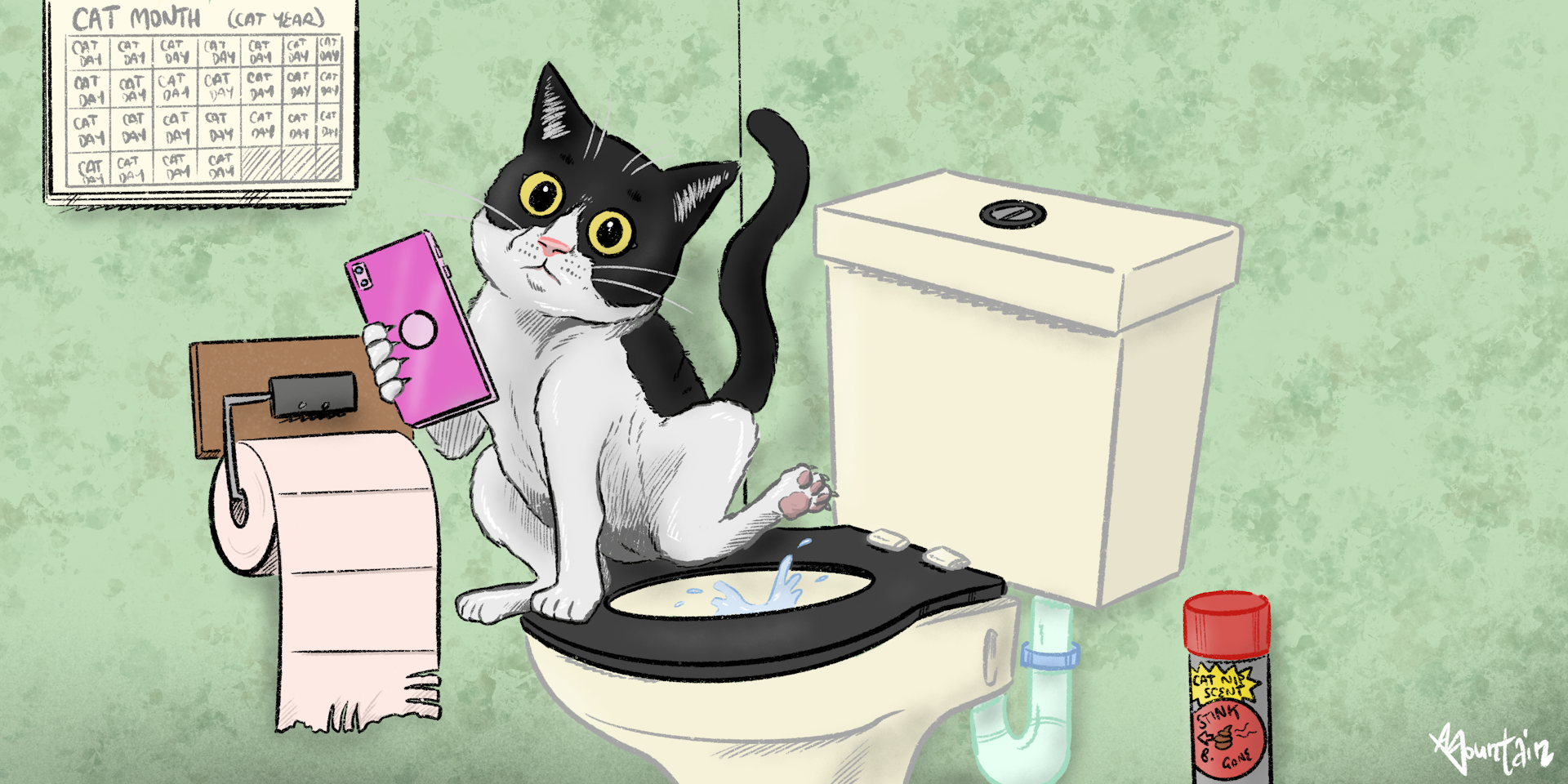The Consequences of Flushing Cat Poop Down Your Toilet - Protect Your Pipes
The Consequences of Flushing Cat Poop Down Your Toilet - Protect Your Pipes
Blog Article
We've found this great article pertaining to Can You Flush Cat Poo or Litter Down the Toilet? directly below on the internet and accepted it made good sense to talk about it with you over here.

Introduction
As pet cat proprietors, it's necessary to be mindful of just how we take care of our feline good friends' waste. While it might appear practical to purge pet cat poop down the bathroom, this practice can have damaging repercussions for both the environment and human wellness.
Alternatives to Flushing
Luckily, there are much safer and more liable means to get rid of cat poop. Take into consideration the complying with alternatives:
1. Scoop and Dispose in Trash
The most common approach of throwing away cat poop is to scoop it into a biodegradable bag and throw it in the trash. Make certain to use a committed clutter scoop and throw away the waste quickly.
2. Usage Biodegradable Litter
Choose eco-friendly cat litter made from products such as corn or wheat. These trashes are environmentally friendly and can be securely thrown away in the garbage.
3. Bury in the Yard
If you have a backyard, think about hiding cat waste in a designated location far from veggie gardens and water resources. Be sure to dig deep sufficient to prevent contamination of groundwater.
4. Set Up a Pet Waste Disposal System
Buy a pet garbage disposal system especially created for feline waste. These systems make use of enzymes to break down the waste, reducing smell and environmental effect.
Wellness Risks
In addition to environmental worries, flushing feline waste can additionally pose wellness risks to humans. Feline feces might have Toxoplasma gondii, a parasite that can trigger toxoplasmosis-- a possibly extreme disease, specifically for pregnant females and people with weakened immune systems.
Environmental Impact
Purging pet cat poop presents harmful pathogens and parasites into the water system, presenting a substantial threat to marine ecological communities. These contaminants can adversely influence aquatic life and concession water top quality.
Verdict
Liable pet dog possession prolongs beyond offering food and sanctuary-- it also involves correct waste monitoring. By refraining from flushing cat poop down the toilet and opting for different disposal approaches, we can decrease our environmental footprint and protect human wellness.
Why Can’t I Flush Cat Poop?
It Spreads a Parasite
Cats are frequently infected with a parasite called toxoplasma gondii. The parasite causes an infection called toxoplasmosis. It is usually harmless to cats. The parasite only uses cat poop as a host for its eggs. Otherwise, the cat’s immune system usually keeps the infection at low enough levels to maintain its own health. But it does not stop the develop of eggs. These eggs are tiny and surprisingly tough. They may survive for a year before they begin to grow. But that’s the problem.
Our wastewater system is not designed to deal with toxoplasmosis eggs. Instead, most eggs will flush from your toilet into sewers and wastewater management plants. After the sewage is treated for many other harmful things in it, it is typically released into local rivers, lakes, or oceans. Here, the toxoplasmosis eggs can find new hosts, including starfish, crabs, otters, and many other wildlife. For many, this is a significant risk to their health. Toxoplasmosis can also end up infecting water sources that are important for agriculture, which means our deer, pigs, and sheep can get infected too.
Is There Risk to Humans?
There can be a risk to human life from flushing cat poop down the toilet. If you do so, the parasites from your cat’s poop can end up in shellfish, game animals, or livestock. If this meat is then served raw or undercooked, the people who eat it can get sick.
In fact, according to the CDC, 40 million people in the United States are infected with toxoplasma gondii. They get it from exposure to infected seafood, or from some kind of cat poop contamination, like drinking from a stream that is contaminated or touching anything that has come into contact with cat poop. That includes just cleaning a cat litter box.
Most people who get infected with these parasites will not develop any symptoms. However, for pregnant women or for those with compromised immune systems, the parasite can cause severe health problems.
How to Handle Cat Poop
The best way to handle cat poop is actually to clean the box more often. The eggs that the parasite sheds will not become active until one to five days after the cat poops. That means that if you clean daily, you’re much less likely to come into direct contact with infectious eggs.
That said, always dispose of cat poop in the garbage and not down the toilet. Wash your hands before and after you clean the litter box, and bring the bag of poop right outside to your garbage bins.
https://trenchlesssolutionsusa.com/why-cant-i-flush-cat-poop/

As a fervent person who reads about Don’t flush cat feces down the toilet, I assumed sharing that piece of content was a good idea. Do you know anybody else who is excited about the niche? Why not share it. I thank you for reading our article about How to Dispose of Cat Poop and Litter Without Plastic Bags.
Find Out More Report this page